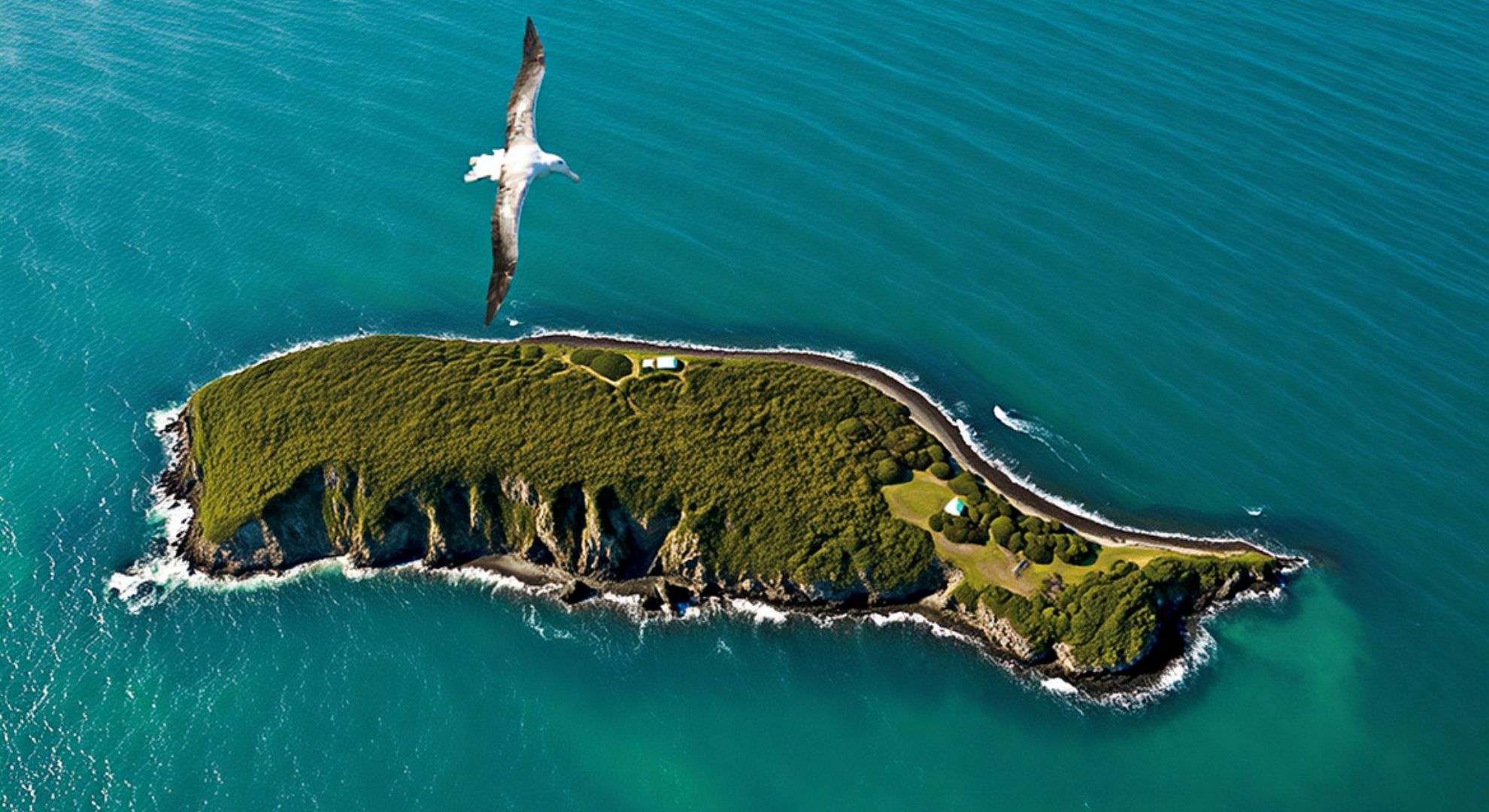A narrow thread of sea separates a lonely speck of land from the mainland, but its future feels wide open. For decades, this place has been a sanctuary—silent, wind-swept, and largely unseen. Now, a cautious proposal could welcome people, carefully, as early as 2026.
Why this moment matters
The island’s remoteness has protected rare species, but isolation isn’t a complete shield. Climate shifts, invasive threats, and illegal landings still nibble at its safety. Opening the island in a controlled way could add eyes, funding, and pride to its protection.
There’s a simple idea gaining traction: use smart limits to make access part of the island’s long-term survival, not its undoing. As many rangers say, “Access can either be a risk or a remedy—execution decides.”
What a managed opening could look like
Agencies talk about caps on daily visitors, boat permits, and guided routes that touch just a fraction of the shoreline. Lightweight infrastructure—boardwalks, mooring buoys, composting toilets—could make footprints smaller and visits shorter.
“Open, but not overrun,” is a phrase you hear in conservation circles. The aim is simple: keep wildlife calm, keep habitats intact, and send people home awed, not dominant.
Comparative pathways on the table
Below is a compact comparison of three broad options planners are weighing.
| Option | Access Model | Biodiversity Risk | Visitor Experience | Costs | Revenue Potential |
|---|---|---|---|---|---|
| Status Quo | No public access, research only | Very low | None for public | Low | None |
| Managed Opening | Permits, guided routes, caps | Low‑moderate with strict controls | High, curated and educational | Moderate | Moderate |
| Open Access | Unrestricted or lightly regulated | High | High, but degraded over time | Low‑moderate | High short‑term, unstable |
“Take nothing, leave nothing” would be more than a slogan—it would be the operating system.
Kaitiakitanga at the center
Any path forward must honor mana whenua and embed kaitiakitanga—guardianship—into every decision. That means co-designing visitor flow, cultural protocols, and storylines with iwi who hold deep ties to the island’s waters and histories.
“Place comes first,” is a guiding principle repeated across Aotearoa. Hospitality follows care, not the other way around.
What visitors might actually do
Expect low‑impact experiences, not thrill‑seeking spikes. Think slow walks, seabird watching, and tidepool moments under strict supervision. A small interpretive shelter could host rangers and guides, providing context before a single footstep hits the track.
- Follow permit rules, respect cultural protocols, stay on marked routes, pack out all waste, report wildlife disturbance immediately.
“Patience is the price of admission,” says a common field saying among island stewards. If you rush, you miss the point.
Risks that must be faced
The biggest threat is the tiniest one: seeds on a shoe, a rodent in a bag, a pathogen on a tread. Biosecurity must be relentless—inspections, sealed containers, and decontamination stations before and after every voyage.
Weather is another adversary. Swells can be brutal, landing sites are few, and cancellations will be routine. Schedules must be flexible, and expectations humble.
Economic and community stakes
A carefully designed opening could funnel income to local skippers, guides, and kaitiaki, while financing ongoing restoration. But extractive tourism collapses a place into a product, and that path must be rejected.
Success means smaller numbers, longer lead times, and value per visit, not volume per day. The metric becomes “health of the place,” not headcount at the pier.
A realistic timeline to 2026
The next 12–18 months will likely bring environmental assessments, biosecurity audits, and public consultation. Permit frameworks would then be tested in pilot seasons, with feedback loops tight and transparent.
If milestones are met, limited access could begin in 2026—first with guided groups, then scaled cautiously as monitoring data supports it.
What success would look like
You’d hear more birdsong, not less. You’d see fewer footprints, not more. The island would feel quiet, even when a small group is present. Visitors would leave with stories, not souvenirs; with deeper care, not heavier impact.
“Go light, learn much,” could be printed on the first permit. It’s both an invitation and a guardrail, pointing to a future where access and protection walk in careful step.
The sea will keep its distance, the island its dignity, and people their wonder—if, and only if, we choose limits as an act of love.
